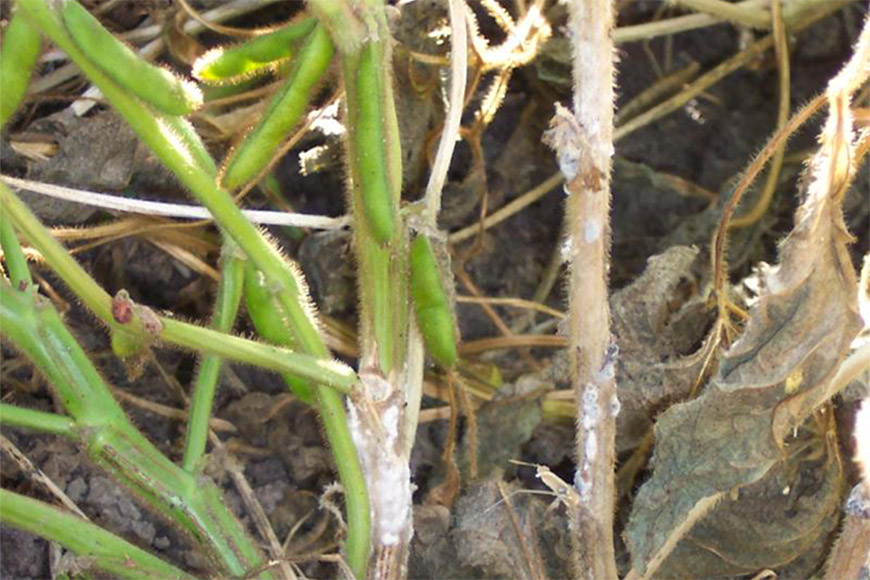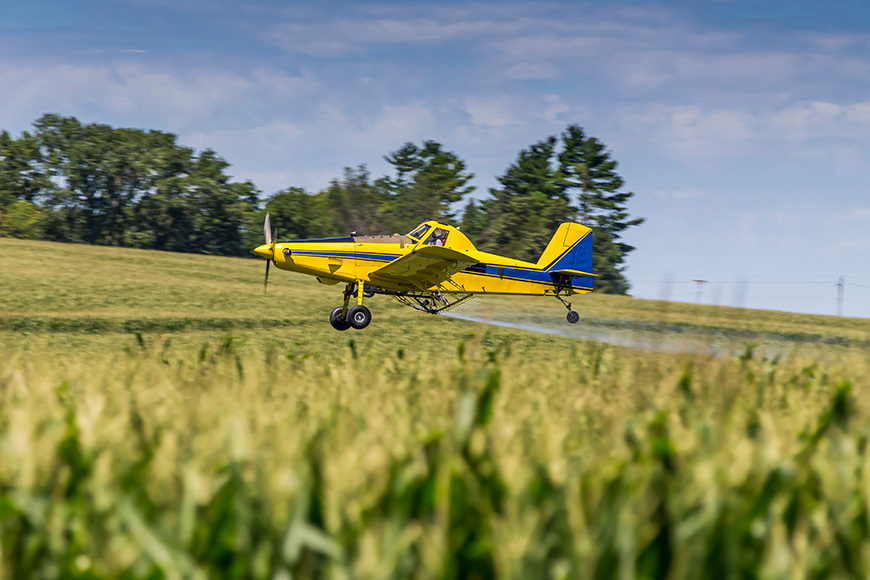Minnesota Farmers: Take Action Against Soybean White Mold in 2019

Minnesota farmers have been teased with some warm days suitable for planting, but in general we’re off to a slow start across much of the state. That means if you haven’t planned a strategy for managing soybean white mold (SWM), you’ve still got time. SWM infects plants early, and before symptoms are seen, it may have already caused significant yield loss. Here are some considerations and tips to get started.
The sclerotia bodies that germinate and spread SWM spores can overwinter and live in soil for up to 10 years in some cases. As you prepare your ground for planting, you’re likely stirring up those sclerotia bodies and bringing them closer to the soil’s surface, where they can germinate more easily.
For more information about managing for SWM, talk with your locally owned and operated WinField United retailer.
© 2019 WinField United. MasterLock® and WinField® are trademarks of WinField United.
Contans® is a trademark of Bayer CropScience. Cobra® is a trademark of Valent®.
Know your field history
If you’re on a traditional corn-soybean rotation, you need to consider what happened in your soybean fields in 2017. Across Minnesota, we saw heavy SWM pressure that was widespread and even infected some new areas. If your fields suffered, there’s likely plenty of inoculum still in the soil this season, putting fields that will be planted to soybeans again at risk.The sclerotia bodies that germinate and spread SWM spores can overwinter and live in soil for up to 10 years in some cases. As you prepare your ground for planting, you’re likely stirring up those sclerotia bodies and bringing them closer to the soil’s surface, where they can germinate more easily.
Watch conditions
Since we know there’s plenty of SWM inoculum in the soil, disease pressure this season will really be dependent on environmental conditions. If the environment is conducive, we could see another heavy-pressure year. SWM thrives in cool, moist conditions. Here in Minnesota, when daily highs are in the 70s, we generally see higher SWM pressure than when temperatures are consistently in the high 80s.Choose a soybean white mold management option
The good news is that there are plenty of effective treatment options available, but they require timely application to protect plants. SWM infects crops long before any symptoms appear, so if you wait until you see mold in your crops, treatments aren’t as effective. While it may be a difficult choice to spray proactively when you don’t know if it will be a heavy-pressure year, it’s a requirement for good disease control. Here are a few management options you might want to consider.- Preemergence biological fungicides — Biological fungicides including Contans® are applied via a soil spray before soybeans emerge. The active ingredient in these products is a soil fungus that is also a parasite of white mold sclerotia. Once applied and shallowly incorporated, biological fungicides attack and destroy sclerotia bodies within the top 2 inches of the soil, limiting their ability to infect soybeans.
- Group 14 herbicides — Some Group 14 herbicides, including Cobra®, elicit a response in plants that can protect against SWM. This response is called “systemic acquired resistance” and is similar to our immune system in that plants are sensitized to quickly respond to invading pathogens after previously being exposed to the stress of the herbicide application.
From a timing perspective, it’s recommended to apply a Group 14 herbicide for SWM control as soon as the first flower is spotted in soybean fields. With a timely application, this can be an effective and more economical option than a traditional foliar fungicide spray for control.
- Foliar fungicides — The most common treatment for SWM is a foliar fungicide application. There are a number of products on the market, so it’s best to speak with your local agronomist on fungicides that will work best for your situation. Some may only suppress the disease while others offer better control, so it’s important to read product labels as you’re comparing products.
Foliar fungicides should be applied at the initiation of flowering, which is generally late June in a normal Minnesota season. You likely won’t see any disease at this point, but it’s still important to make that application, especially if environmental conditions are conducive to infection. Most fungicides for white mold recommend a second treatment 10 to 14 days following the first application. That second application provides extra residual control, since we don’t know exactly when the sclerotia will germinate and release white mold spores.
I strongly recommend adding a drift and deposition adjuvant when applying a fungicide for white mold control. MasterLock® adjuvant is a good option because it helps optimize spray droplet size for better plant coverage. Disease control is all about protecting the leaf area, so the more active ingredient you can get into the canopy, the better your control will be. SWM is a soilborne disease that starts on older parts of the plant. That makes it even more important to get the active ingredient deeper into the soybean canopy.
Bottom line: Be proactive against soybean white mold
We know that yield losses from SWM can be disastrous, so my best piece of advice is to work with your agronomist to develop a plan that fits your budget and management style. Being proactive and finding the right management practice for control is a better option than gambling on it being a low-disease-pressure year.For more information about managing for SWM, talk with your locally owned and operated WinField United retailer.
© 2019 WinField United. MasterLock® and WinField® are trademarks of WinField United.
Contans® is a trademark of Bayer CropScience. Cobra® is a trademark of Valent®.





